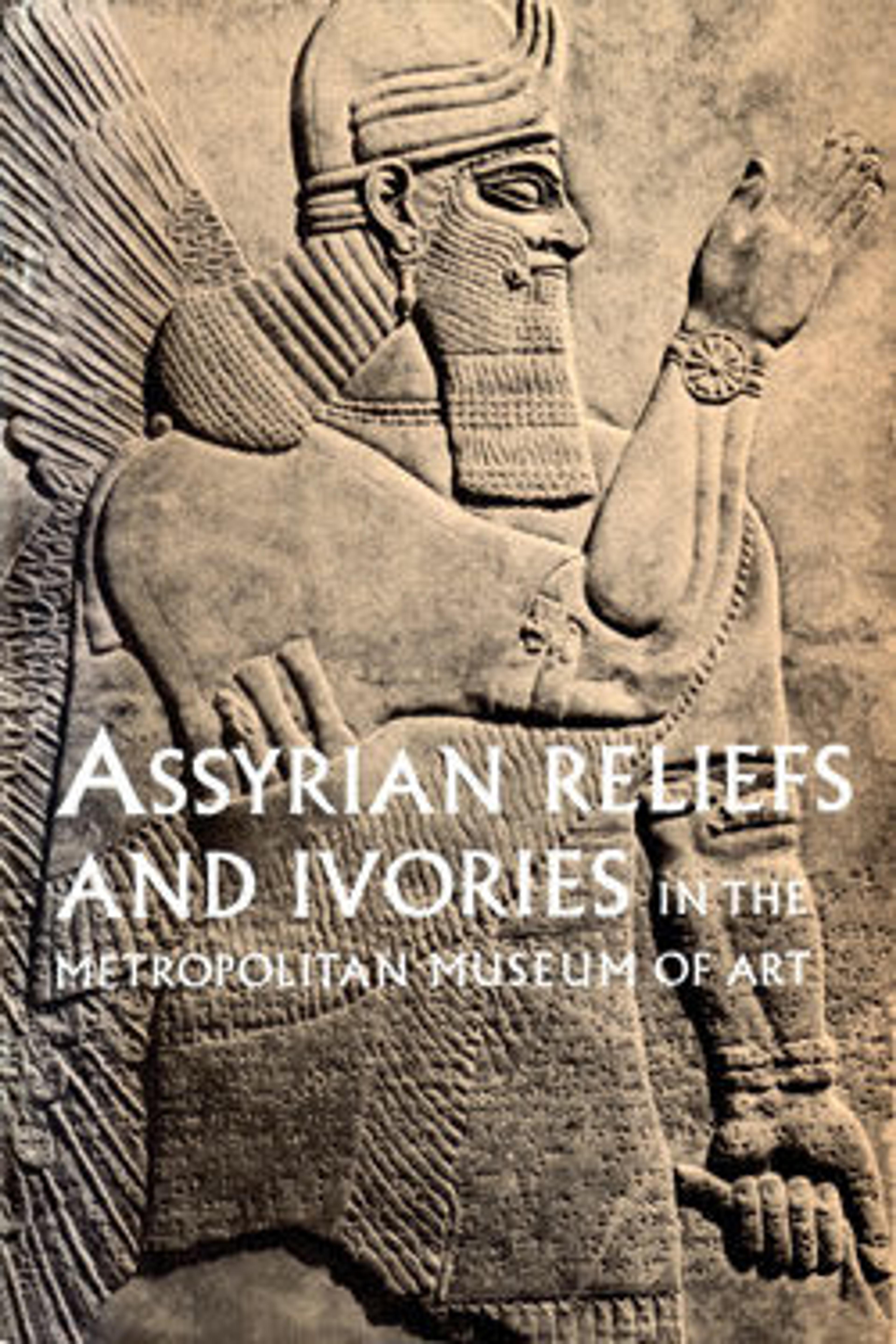
Assyrian Reliefs and Ivories in The Metropolitan Museum of Art: Palace Reliefs of Assurnasirpal II and Ivory Carvings from Nimrud
The Metropolitan Museum of Art houses monumental, majestic, and important works of art from the ancient world. In particular, a group of Assyrian sculptures from the Northwest Palace at Nimrud, which was constructed during the reign of Assurnasirpal II (883–859 B.C.), is remarkable both for its artistic excellence and for its technical skill. Excavated at Nimrud in the mid-nineteenth century by Sir Austen Henry Layard, an English archaeologist, the majority of these impressive, larger-than-life-size reliefs and sculptures came to the Metropolitan Museum in 1932 as gifts of John D. Rockefeller, Jr., one of the Museum's most generous supporters. Other Assyrian pieces were gifts to the Museum in 1917 from J. Pierpont Morgan, another major figure in the Metropolitan's history. An earlier donor, Benjamin Brewster, began the Museum's collection of Assyrian reliefs with a gift in 1884.
Over the years the Metropolitan's Assyrian sculptures have been housed in several locations. In 1933, shortly after the arrival of the Rockefeller gift, two statues from palace doorways—a lion and a bull with wings and human heads—were installed in a prominent position at the south end of the Great Hall, where they heraldically flanked the entrance to the Cesnola Gallery containing Cypriot art. Several of the reliefs were installed at that time in the small rooms to the east of the gallery. There they remained until the summer of 1957.
In 1961 two new galleries of Ancient Near Eastern art were opened in the Museum's north wing, and the Assyrian sculptures could by viewed in a display arranged by Charles K. Wilkinson, curator of the department, that closely reflected their original positions at Nimrud. In 1968, prior to the beginning of construction on the Lila Acheson Wallace Galleries of Egyptian Art, most of the Ancient Near Eastern works were placed in storage. Now, as the first stage in the reinstallation of permanent galleries for the Department of Ancient Near Eastern Art, the Assyrian sculptures may again be enjoyed in a gallery setting that reflects their original placement in the Northwest Palace at Nimrud.
Met Art in Publication
Citation
Crawford, Vaughn E., Prudence Oliver Harper, Holly Pittman, Prudence O. Harper, and Metropolitan Museum of Art, eds. 1980. Assyrian Reliefs and Ivories in the Metropolitan Museum of Art: Palace Reliefs of Assurnasirpal II and Ivory Carvings from Nimrud. New York: Metropolitan Museum of Art.